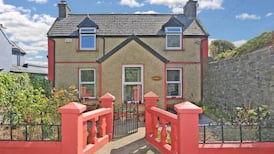Stoneybatter, where residents are still smiling at the latest neighbourhood accolade, is Ireland's "coolest" neighbourhood and ranked in the top 50 in the world, according to Time Out magazine.
Part of the reason it made it into the top 50 is that it was cited as “one of the most central places where young people can still afford to live”, adding that local pubs and rock bars are “the city’s hidden gems”.
Property prices are not cheap in this slice of Dublin 7, which according to Orla Reddan, MD of local estate agents The Property Shop, runs west to Arbour Hill and east to Grangegorman, north to where the Oxmantown Road meets the North Circular, and south to Manor Street (King Street is considered Smithfield).
Properties in the locale are mainly one-storey cottages and two-storey artisanal dwellings, similar to the Googletown part of Ringsend, and prices are similar. The only problem the area has is its lack of housing stock range.
Young families can quickly grow out of their homes
Many people who start families they simply grow out of their homes, and unless they can afford the larger homes on Aughrim Street, they have to move out of the Batter. One of these larger properties is number 70, a three-bedroom, modernised, mid-terrace Victorian property with a garden, currently for sale asking €695,000 through agents SherryFitzGerald.
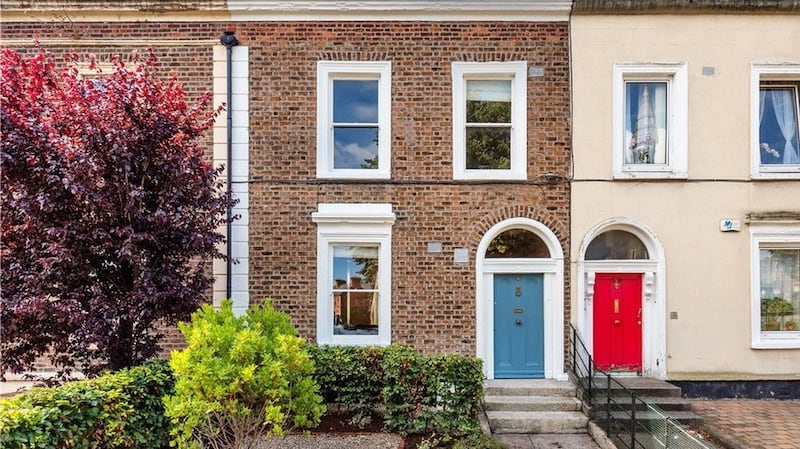
Sellers tend to stay in Dublin 7
Sellers tend to stay in Dublin 7 though, trading up to nearby Phibsborough and its Ranelagh-like redbricks. This time last year Time Out also named Phibsborough as one of the coolest city neighbourhoods in the world, ranking it in 27th place.
Grainne Corcoran is one such size and space migrant. She bought her house in 2008 as a single woman. The same weekend that she moved in she met her now husband. They got engaged there and lived there while married and with their first child, but with a second child on the way they needed more space, eventually renting such a property in Terenure. She is selling 3 Cowper Street, a one-bedroom single storey cottage of 76sq metres, which includes an attic space with a bathroom. Asking €375,000 through DNG, agent Ciaran Jones says that following on from the Time Out article in yesterday's paper he's expecting a busy Saturday morning viewing. You can see it from 10.30am to 11am.
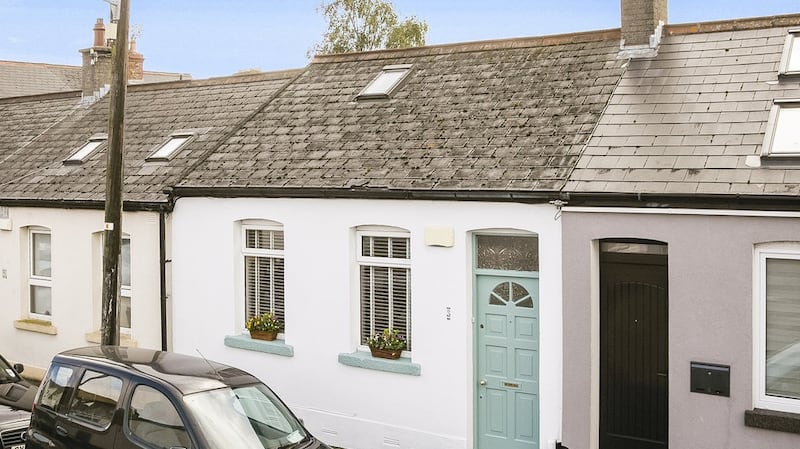
Rentals are scarce
Elsewhere, housing stock is a problem. Currently there are just 27 properties to buy listed on MyHome.ie. There is a single property to rent in the area. It’s on Provost Row, Palatine Square, a late 1990s development built off Arbour Hill and is asking €2,100 for a two-bedroom, one bathroom property. Number 2 Provost Row is for sale. The 67sq metre house is asking €390,000 through agents Flynn.
Jones says you can expect to pay between about €4,700 to €8,000 per square metre in this popular neighbourhood and currently its properties are being sale agreed within six weeks – if they’re priced correctly.
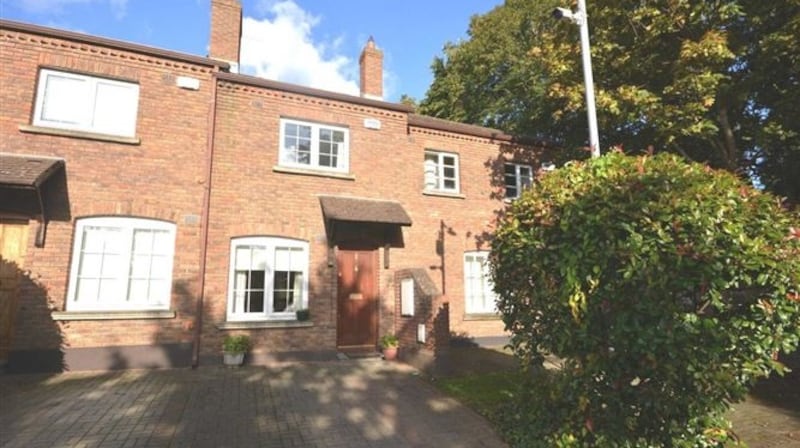
Fixer-uppers not so popular
Doer-uppers are harder to sell because of high refurbishment costs and this is reflected in their asking prices. One such property is 53 Manor Street, a three-bedroom, two-bathroom property in need of complete modernisation with a west-facing rear. It has no parking to the front but could, subject to deep pockets, become a fine, sizeable home. Measuring 119 sq metres it is asking €425,000, a price that has been reduced by €25,000 by its agency, The Property Shop.
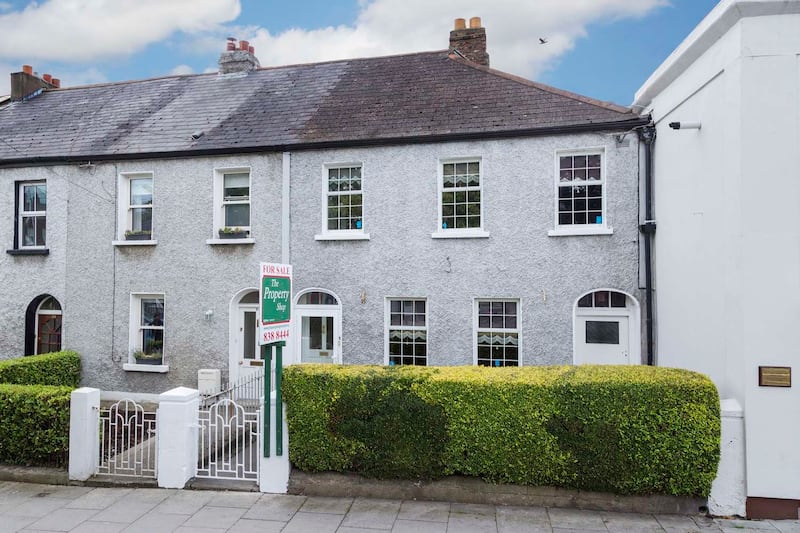
The Lovelybatter
Same sex relationships account for 40 to 45 per cent of The Property Shop's sales, in an area now affectionately known as Lovelybatter, according to Reddan. This won't be news to anyone who read property portal Daft.ie's report last year that stated that Stoneybatter is Ireland's largest gay neighbourhood. Following research by its economist, Ronan Lyons, the report, Pride Filled Places, listed the top 10 locales in the capital popular with gay people. Number 29 Sitric Road is one of the redbrick terraced houses that epitomises the area. Measuring 65sq metres and modernised, it has a small outdoor yard and is asking €420,000 through agents The Property Shop.
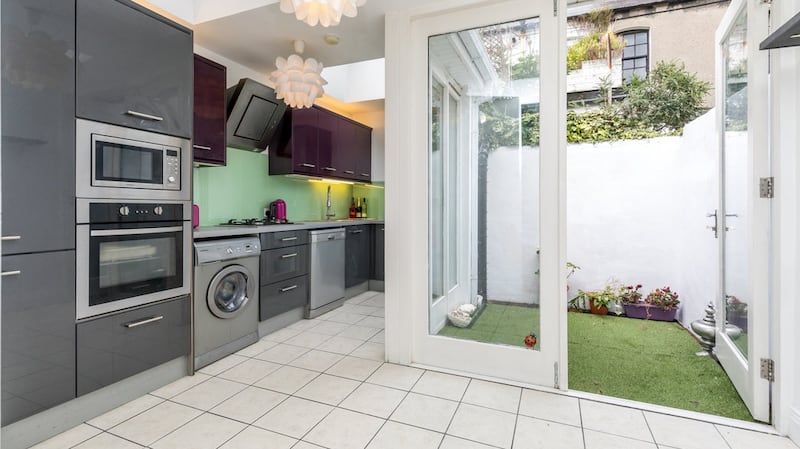
There was a time in the late 1990s when actors occupied these charming homes and during the recession, when the same actors found themselves out of work, wags monikered it “Bitterbatter”.
‘Going on the batter’
The great Dublin term “going on the batter” originates in this neighbourhood when it was also known as Cowtown. In its heyday in the 1950s, the Dublin Livestock Market on Prussia Street was the nerve centre of Irish agriculture, handling up to a million cattle, sheep and pigs annually, and making it the largest weekly livestock sale in Europe. The expression itself came from the number of pubs that lined Manor Street, where drovers and farmers spent much of what they got for the cattle before going home.







